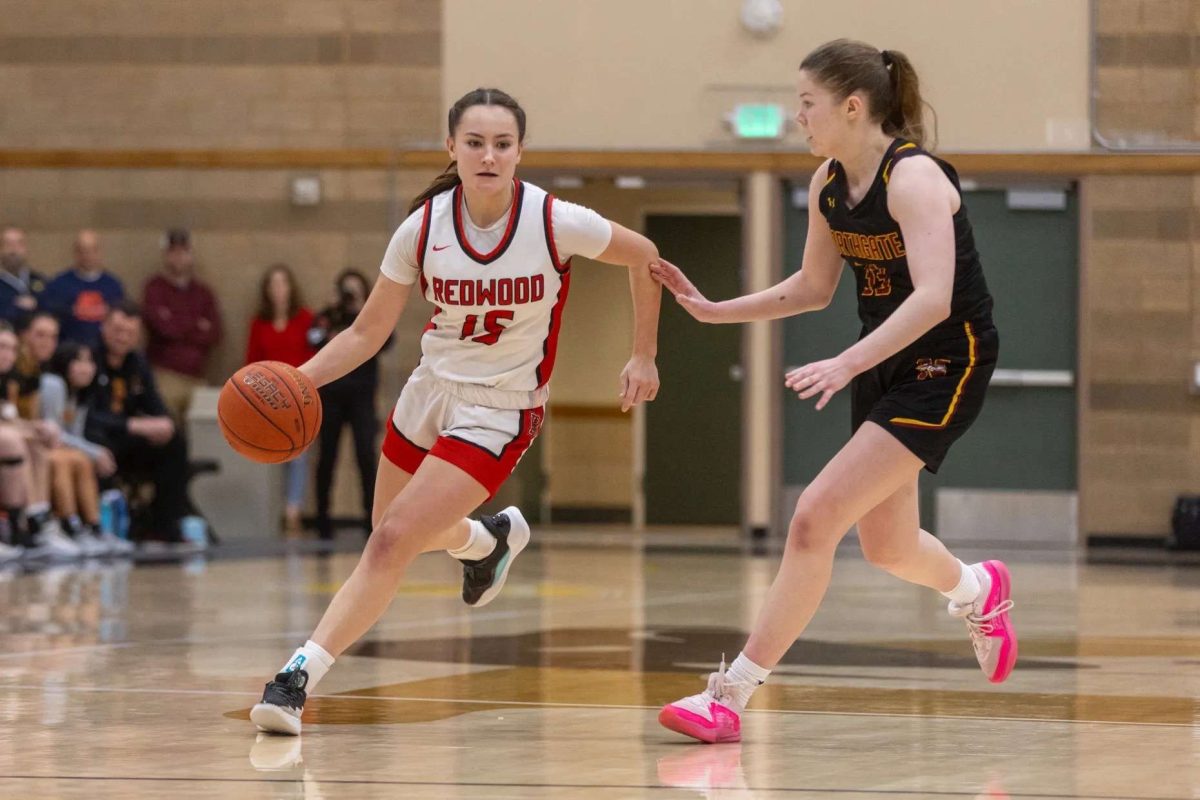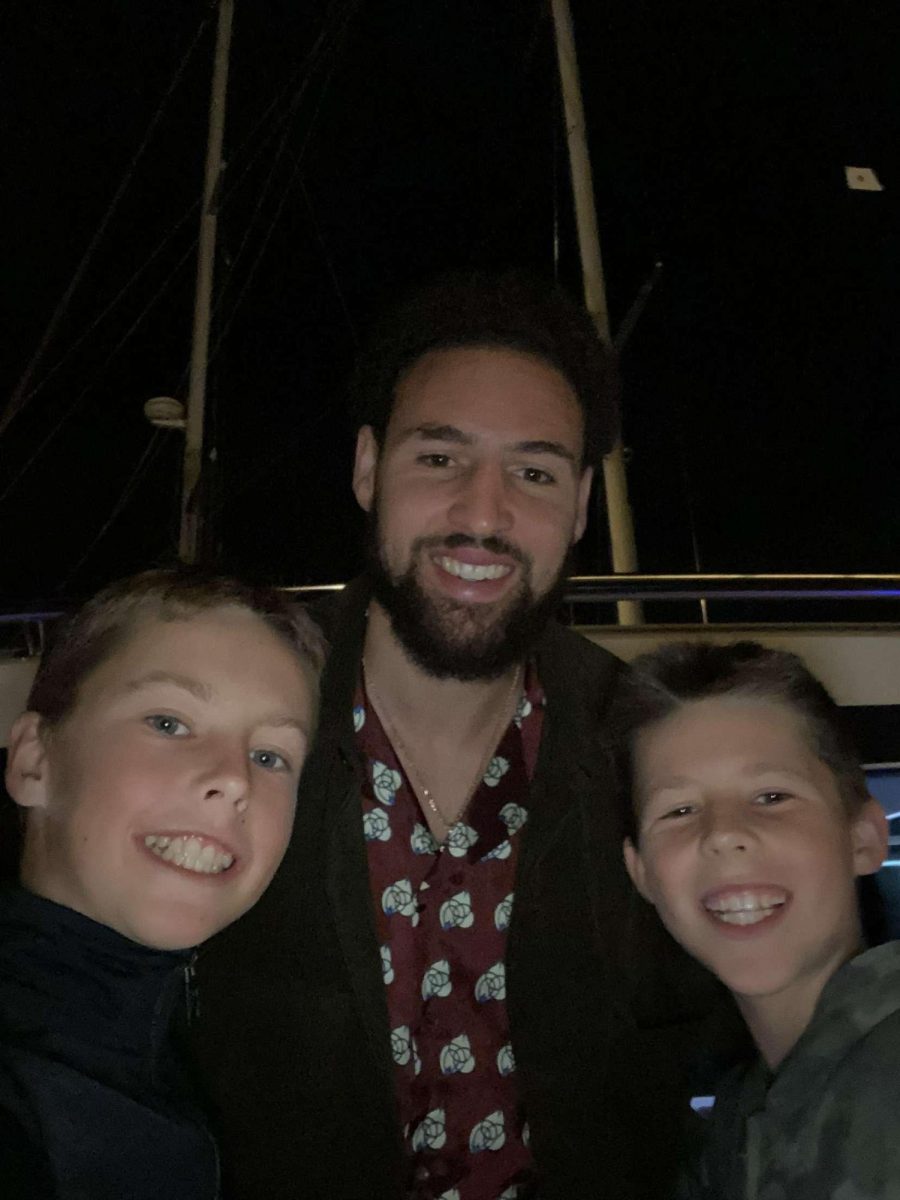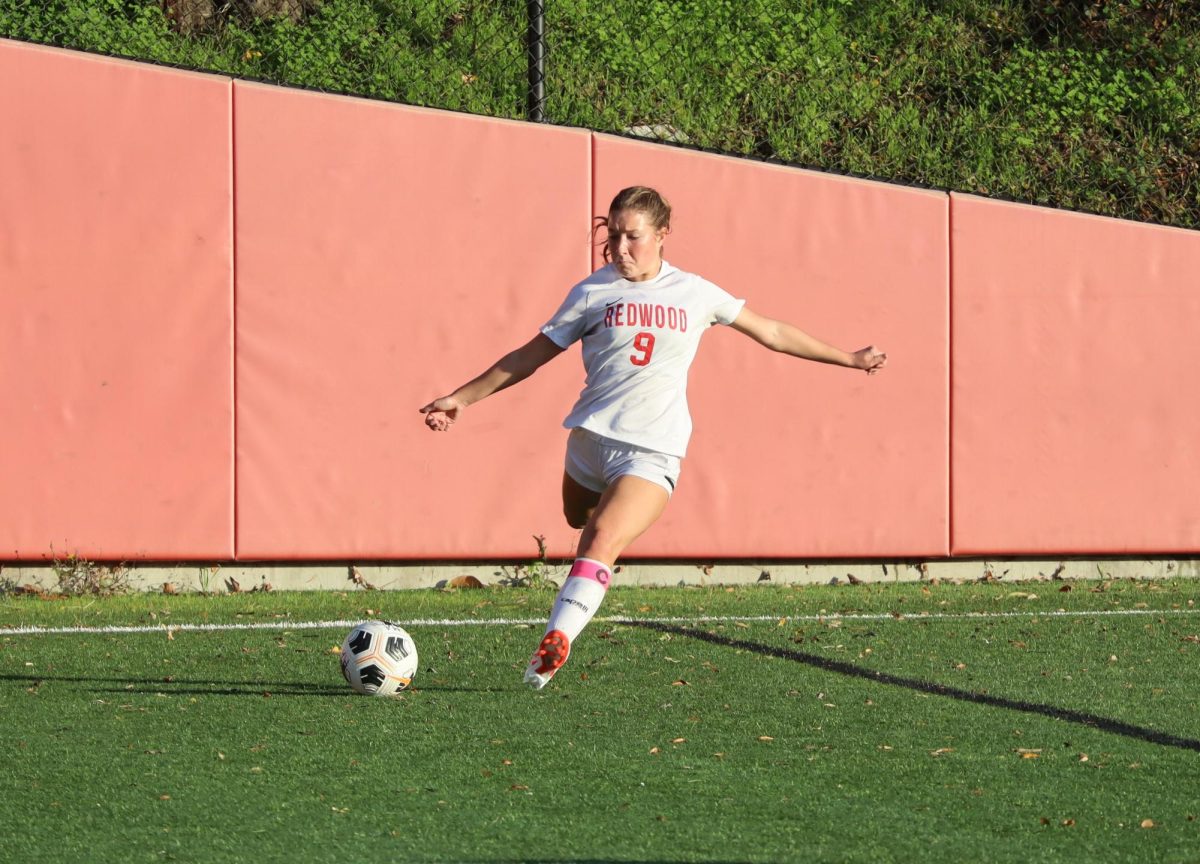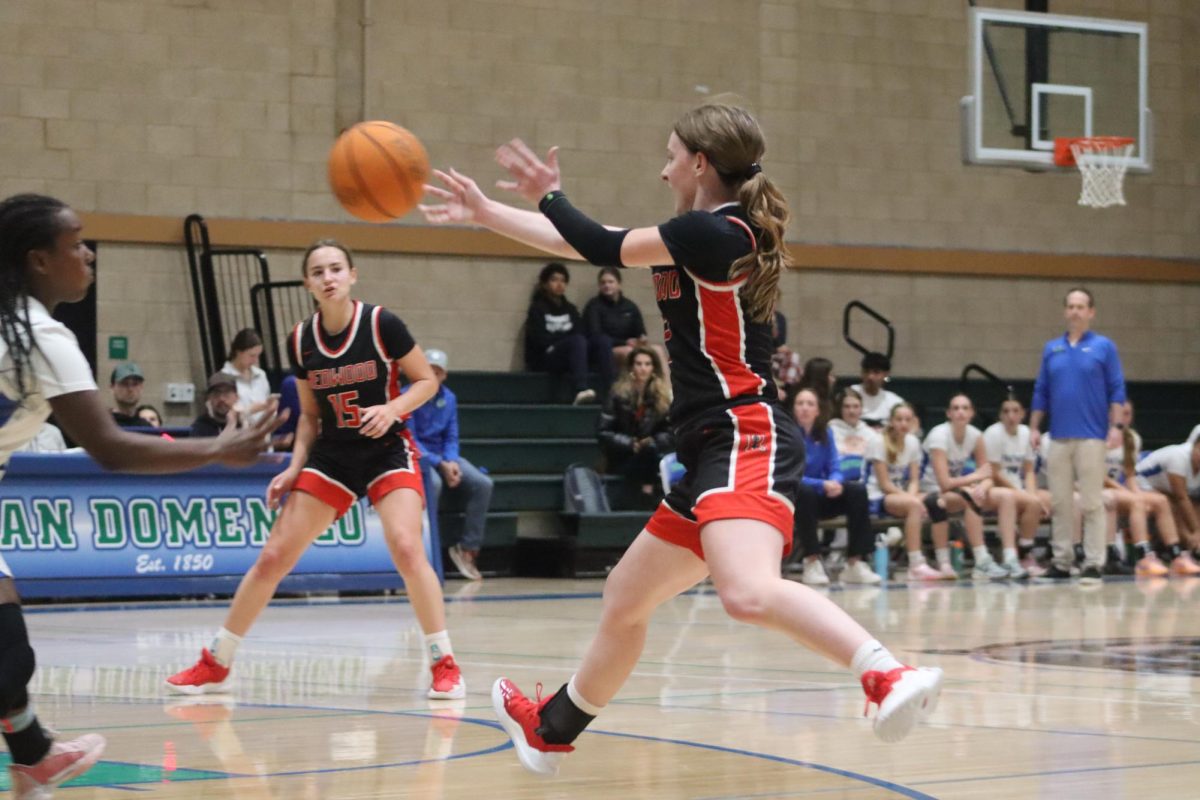During halftime of the varsity girls’ basketball game, the JV cheer team stormed the court. As they began their detailed and enthusiastic dance, one cheerleader stood out. In addition to his bold moves, something else differentiated this cheerleader from the rest: he is the only male cheerleader in the program.
Freshman Max Dostal is the first male in four years to be on the cheer team.
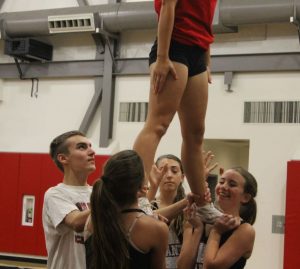
Dostal originally showed interest in becoming a cheerleader due to it being a non-contact sport.
“I really wanted to do a sport but I didn’t want to do something super physical,” Dostal said. “I decided to do cheer because it seemed really fun and it seemed like everyone is really unified as a team.”
Although Dostal is excited to be the first male on the cheer team in four years, he wasn’t aware of the potential honor when he decided to try out.
“I never thought of joining the team as me instituting change. It was something that I wanted to do, and it just happens that I am the first guy in four years,” Dostal said.
According to head coach Heather Long, in 2012 Redwood had four-year male cheerleader Cody Estes and in 2004 there were three senior male cheerleaders.
One of Dostal’s teammates, sophomore Lauren Kenneally, is excited to have a guy on the team because it opens up new possibilities and adds energy to the team.
“There are so many advantages of having guys on the team, but mostly I am excited for the possibility of co-ed stunting,” Kenneally said. “We usually have all girls on the team, so each stunt group requires four people but with co-ed stunting we can have one person hold up the flier, which will increase the potential of the stunt.”
Head JV coach Shannon McGuinness sees the advantage of extra strength for stunting, but also faces a minor challenge of dealing with the integration of both masculine and feminine-like dance movements.
Kenneally believes that there are few male cheerleaders because of the stereotypes boys learn from the media.
“Most people know the stereotypical cheerleader as the girls on the side of the football field yelling and waving their arms, which is a very small percentage of what we actually do. In reality, we mostly practice the dances and stunts that we usually perform during halftime, which can be very hard work at times,” Kenneally said.
McGuinness agrees with Kenneally’s reasoning to explain the lack of boys participating in cheer.
“Boys think it is a feminine sport based on what we have to wear, how we look and the moves in general,” McGuinness said. “But it definitely doesn’t have to be a feminine sport―it can be masculine too in certain ways beyond what it looks like.”
McGuiness hopes that in the future more guys join the sport.
“It would help to have more strength on the team because it would create more impressive and clean stunts,” McGuinness said.
While the team has only practiced seven times, Dostal has already found his favorite part: the routines.
“We have already learned a lot of really cool dances that are super hard and challenging but give you something to work for so you can be better at them,” Dostal said.

